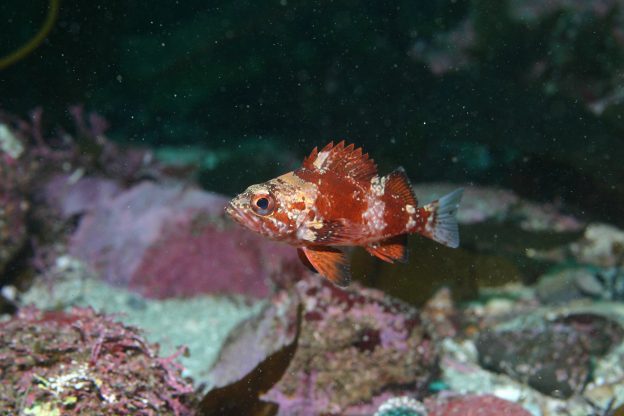Managers of coastal and marine resources require the most current information on changing marine life and environmental condition to make informed decisions. Ecosystem observations are the cornerstones of marine conservation, management, science research, and education programs. Yet biological and ecosystem level observations are often difficult to access, are costly, and are presented in multiple different formats. The US Marine Biodiversity Observation Network (MBON) is improving the delivery of ecosystem assessment information for Ecosystem Status Reports (ESRs), Integrated Ecosystem Assessments (IEAs), Condition Reports, and other uses.
The Central California MBON project aims to quantify the relationships among climate, ocean physics, biogeochemistry, and ecosystem dynamics affecting everything from microbes to top predators. Key aim include improved forecasts for forage fish distributions and evaluations of the physical and biological characteristics of the satellite-based seascapes biographic classifications system. The Central California MBON compliments other regional MBON projects that address similar requirements around the country. These US MBON initiatives join projects globally contributing to GEO BON and GOOS.
Central California MBON
CCMBON
Tech report
MBON Tech report
Main MBON page
MBON main page
GOOS Bio-Eco
GOOS Bio-Eco
Image: Young-of-the-year vermilion rockfish (Sebastes miniatus) at Dali’s Wall in Carmel Bay, Monterey Bay National Marine Sanctuary. Photo credit: Steve Lonhart/NOAA MBNMS.

